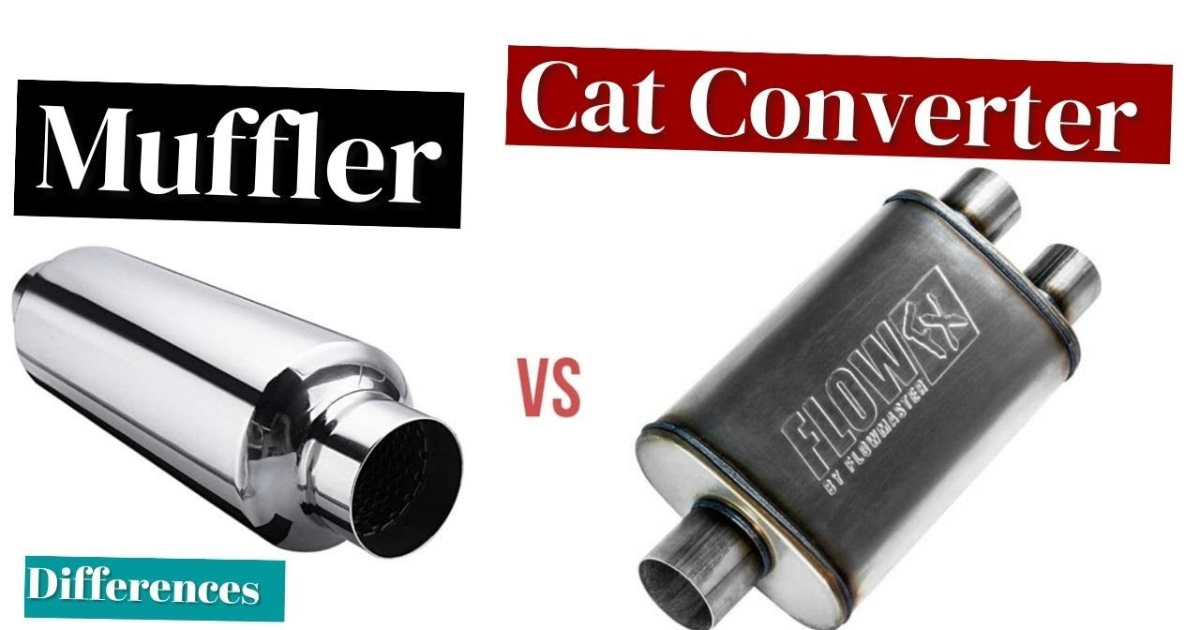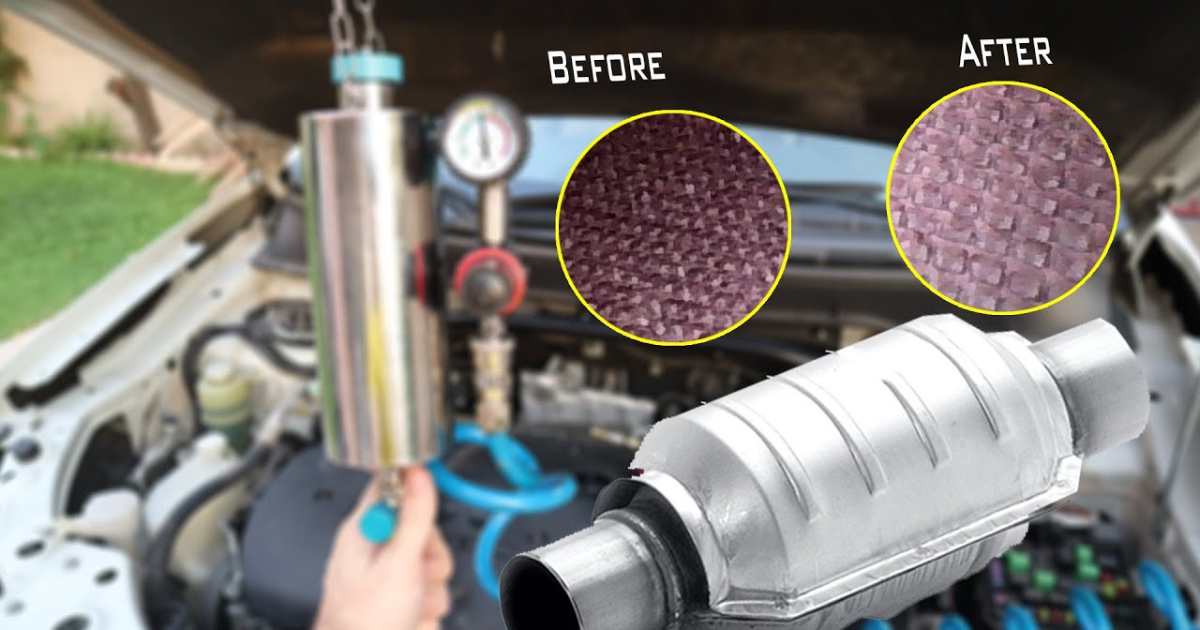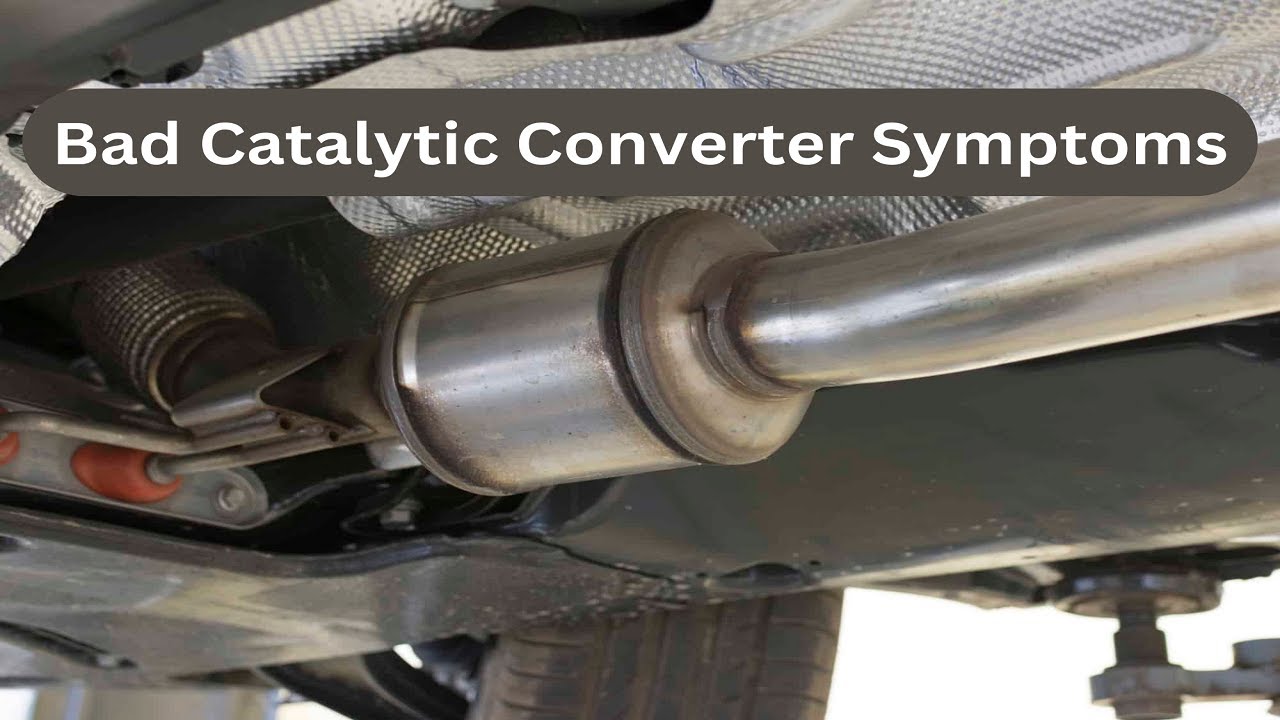Mufflers and catalytic converters are vital exhaust components. They perform various jobs but work together to reduce exhaust noise and dangerous gas emissions.
What distinguishes mufflers from catalytic converters? Explain and demonstrate how they work in the exhaust system before expressing the difference. This essay will cover all key topics before separating mufflers and catalytic converters.
Muffler Overviews
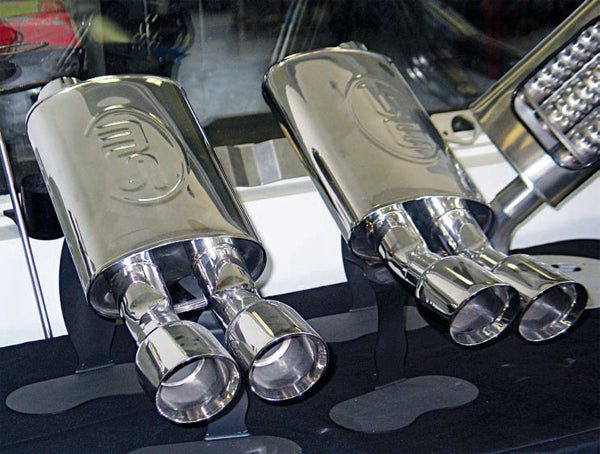
A silencer reduces noise. Running an internal combustion engine requires massive force. Usually loud when burning. Muffles reduce combustion chamber noise, making driving quieter.
The exhaust muffler is usually copper, aluminum, titanium, or stain-free steel. Their shape and size vary per car model.
Your car will sound like a lawn mower or motorcycle without a muffler. Got it! Some like this noise, right? Some don’t. Remove the muffler to hear better. Make sure your state allows muffler removal before attempting it.
How Does a Car Muffler Operate?
Running an automobile engine causes combustion chamber explosions. Explosions keep pistons rising and falling until the engine stops.
This makes loud noises that the engine outputs through the exhaust. The exhaust pipe carries these noises to the muffler.
The muffler reduces these noises, but how?
To understand how the muffler dampens these noises, learn about its components and their major purposes.
Inlet: The inlet connects to the exhaust pipes. It gets emissions and loudness.
Microperforated muffler tubes: The tubes are perforated. As exhaust gasses and sounds flow through these tubes, heat is produced.
Resonator: This is common but necessary. This does not reduce exhaust noise. This makes noise pleasurable. The exhaust sound waves are likewise canceled. Resonators can be exhaust or muffler pieces, depending on vehicle design.
Outlet: The outlet is the exhaust tailpipe. The exhaust ends here. Sound and exhaust gases enter here. Perforated tubes and a resonator in the exhaust muffler convert exhaust noise into heat energy to mute and release gasses and sound.
Car manufacturers make mufflers to reduce exhaust noise by canceling waves.
Benefits of Using Muffler
The exhaust muffler reduces combustion chamber noise and engine back pressure. This improves engine performance and endurance. With this, the engine and exhaust system reach their lifespan.
Catalytic Converter Overviews
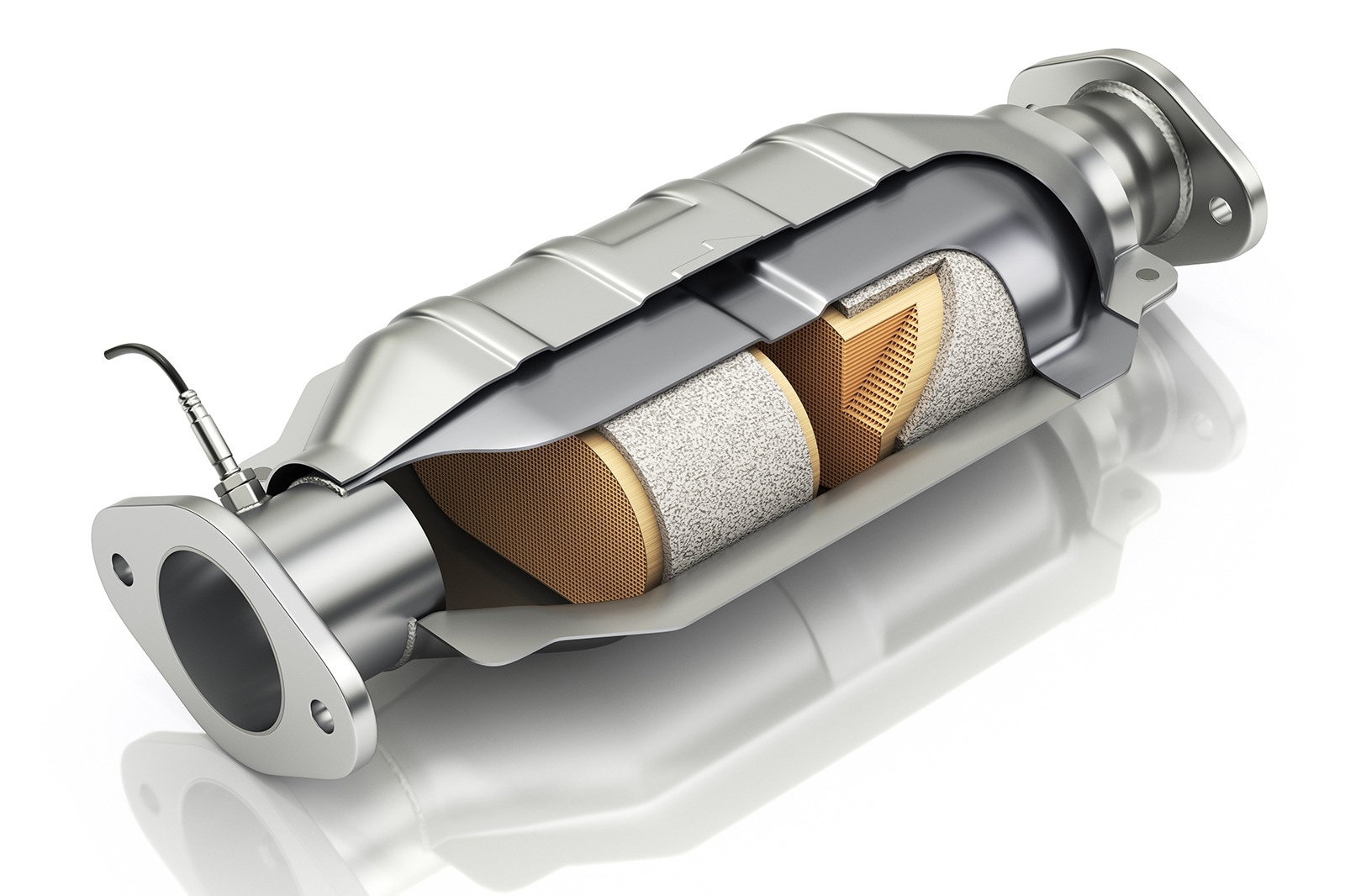
The catalytic converter transforms exhaust gases into safer ones. Without this part, automobiles emit dangerous gasses. This will pollute the air and spread diseases.
When you start your car, explosions in the combustion chamber keep the engine running. Explosions produce harmful gases through chemical reactions. Before venting, the catalytic converter turns dangerous gases into safer ones.
How do vehicle catalytic converters work?
What makes the catalytic converter transform poisonous gas into less toxic gas? Let’s examine catalytic converter components and functions. This makes the system easy to understand.
Inlet: Exhaust pipe connection. Exhaust gases enter the catalytic converter here.
Metal shell: Inner and outer metal shells make up the catalytic converter. Inner cat con components are housed in the shell. The metal shell dissipates heat.
Ceramic honeycomb: A ceramic mass with many holes helps air to flow freely in the action.
Metal catalysts: Metal catalysts dominate catalytic converters. Automakers use rhodium, palladium, and platinum for this part. Chemistry on the metal catalyst reduces exhaust gas toxicity. Hydrocarbons, nitrogen oxides, and carbon monoxide result from combustion ignition. This leaves the engine through exhaust.
Benefits of using Catalytic Converter
Before releasing exhaust gas, the catalytic converter lowers airborne pollutants by 90%. A functional catalytic converter boosts engine and exhaust efficiency.
Difference Between a Muffler and a Catalytic Converter
Although different, mufflers and catalytic converters are exhaust components. The muffler lowers exhaust pressure and noise. Catalytic converters reduce exhaust gas toxicity.
In most US states, driving without a catalytic converter is illegal. The catalytic converter must work to pass a smog test. Autocon cleans emissions.
Many states don’t require mufflers. Your car’s sound is limited. Driving without a muffler may break these laws. A ticket may result.
You won’t ask, “Are mufflers and catalytic converters the same?” after viewing the difference.
Distance between catalytic converter and muffler
The cat con precedes the muffler in every car. The muffler is downstream of the exhaust, while the catalytic converter is below the automobile near the engine.
The distance between the catalytic converter and muffler varies per vehicle. From a few feet to several yards.
